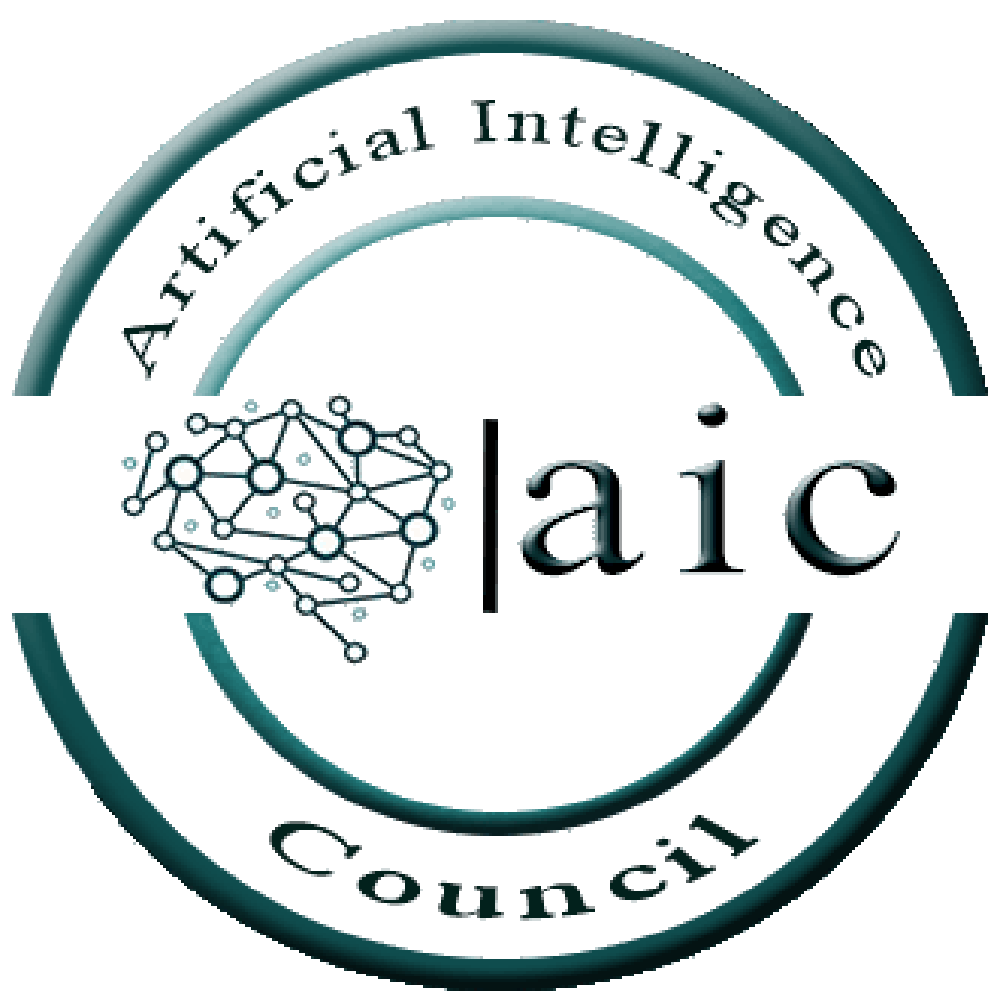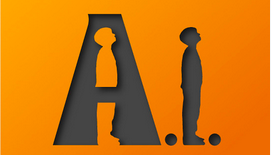The Evolution of AI and Machine Learning: A Timeline of Development and Milestones over the Centuries
Introduction:
Artificial intelligence (AI) and machine learning (ML) are two of the most revolutionary technologies of the modern era. These technologies have transformed the way we interact with computers, automate tasks, and make predictions. Over the last few centuries, AI and ML have evolved significantly, from early machine-based calculators to the latest neural networks and deep learning algorithms. In this article, we will explore the development and invention of AI and ML, as well as the major milestones achieved in the field.
Timeline of AI and ML Development:
Here is a timeline of the major developments in the field of AI and ML from ancient times to the present day:
Ancient Greece: The idea of automatons, self-operating machines or robots, is first introduced by the Greek mathematician Archytas.
1206: The Muslim polymath Al-Jazari builds an early programmable humanoid robot.
1623: The first mechanical calculator, called the Schickard machine, is built by Wilhelm Schickard.
1822: Charles Babbage proposes the concept of a “Difference Engine”, a mechanical calculator designed to calculate mathematical tables.
1837: Charles Babbage designs the “Analytical Engine”, a general-purpose mechanical computer that can be programmed to perform any calculation.
1843: Ada Lovelace publishes an algorithm designed to be processed by Babbage’s Analytical Engine, becoming the world’s first computer programmer.
1869: The Austrian physicist Ludwig Boltzmann develops a statistical theory of complex systems that will later become the basis for machine learning.
1870: The concept of a “logical machine” is proposed by William Stanley Jevons, which would later become the basis for digital computing.
1890: Herman Hollerith designs a punch card system to tabulate the 1890 US census, which leads to the development of the first automated data processing system.
1943: The first neural network is developed by Warren McCulloch and Walter Pitts, paving the way for the development of artificial intelligence.
1950: Alan Turing proposes the “Turing Test” to determine whether a machine can exhibit intelligent behavior indistinguishable from a human.
1951: Marvin Minsky and Dean Edmonds build the first neural network computer at Princeton University.
1956: The Dartmouth Conference is held, where the term “artificial intelligence” is first coined, and the field of AI is officially established.
1958: John McCarthy develops the Lisp programming language, which becomes the dominant language for AI research.
1965: Joseph Weizenbaum develops ELIZA, a computer program that can mimic human conversation.
1967: The “Perceptron” algorithm is developed by Frank Rosenblatt, which is the basis for many modern machine learning algorithms.
1970s: Expert systems are developed, which use rule-based reasoning to simulate the decision-making process of human experts.
1980s: The backpropagation algorithm is developed, which allows neural networks to be trained more effectively.
1990s: The rise of the World Wide Web leads to the development of web search engines, which use machine learning to improve search results.
2006: Geoffrey Hinton and his team develop deep learning algorithms that can learn features from data automatically.
2011: IBM’s Watson defeats two human champions on the quiz show Jeopardy!, demonstrating the power of machine learning.
2012: The first deep learning neural network is trained on a large dataset of images, achieving state-of-the-art results in image recognition.
2015: AlphaGo, an AI program developed by Google DeepMind, defeats a human world champion in the ancient Chinese game of Go, a milestone achievement in the field of AI.
2017: Google’s AlphaGo Zero is introduced, which is capable of learning from scratch without any human input.
2018: OpenAI develops an AI system that can beat professional players at the video game Dota 2.
2020: GPT-3, a natural language processing model developed by OpenAI, sets new benchmarks for language understanding and generation.
2021: DeepMind’s AlphaFold program achieves a major breakthrough in protein folding prediction, which has significant implications for drug development and medical research.
Conclusion:
Over the last few centuries, the development and invention of AI and ML have significantly transformed the world we live in. From early mechanical calculators and punch card systems to modern neural networks and deep learning algorithms, AI and ML have come a long way. Today, these technologies are being used in various fields, including healthcare, finance, transportation, and more. As the technology continues to evolve and improve, we can expect more breakthroughs and innovations that will revolutionize the world even further.

